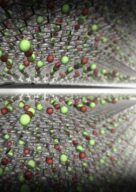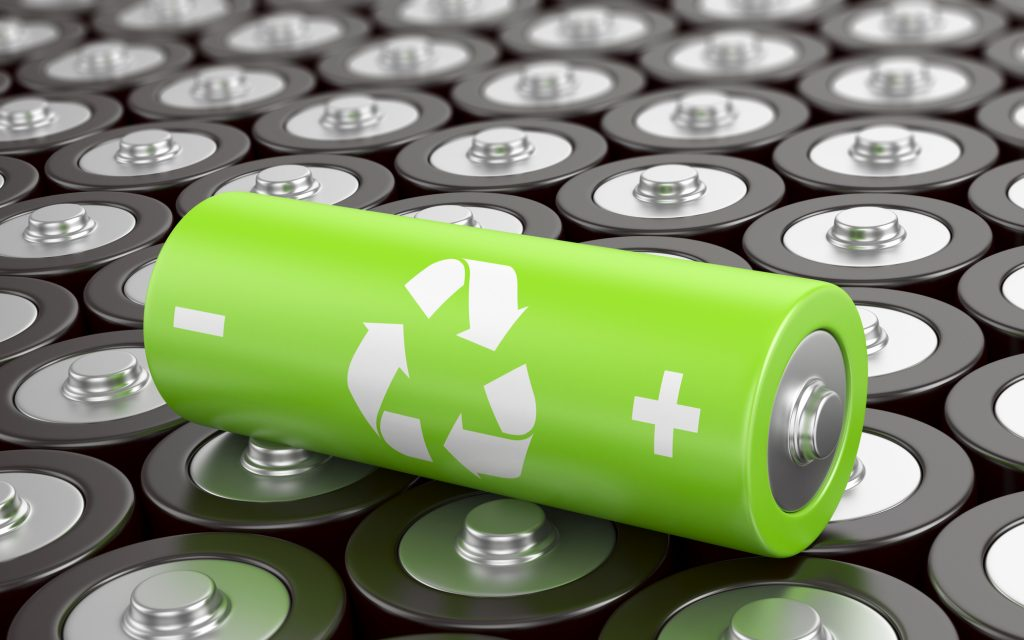Researchers backed by the US Army say they have demonstrated a “transformative step” in battery technology with the identification of a new cathode chemistry.
According to the US Army Combat Capabilities Development Command’s Army Research Laboratory, the Army’s corporate research laboratory known as ARL, and the University of Maryland, soldiers carrying 15-25 pounds of batteries could carry batteries “a fraction of the weight but with the same energy and improved safety”.
ARL fellow and senior research chemist Dr Kang Xu said: “Completely free of transition metal and delivering unprecedented high capacity, by reversibly storing lithium-ion at high potential (~4.2V), the finding opens a possibility to significantly increase the lithium-ion battery energy density, while preserving safety due to the aqueous nature of the electrolyte.”
“Such a high energy, safe and potentially flexible new battery will likely give the soldiers what they need on the battlefield: reliable high energy source with robust tolerance against abuse,” he said. “It is expected to significantly enhance the mobility and lethality of the soldier while unburdening logistics requirements.”
The research team said its work built on its previous discoveries of the “intrinsically safe water-in-salt electrolytes (WISE) and the technique to stabilise graphite anodes in WISE, the team’s development of the novel cathode chemistry further extends available energy for aqueous batteries to a previously unachievable level”.
Details of the team’s research are online.












